Almost all of the excellent UGC community operations work here
Editor’s note: This article was first published in 2017, but the point of view of the article is still applicable today. The shadow of this article can still be seen in today’s well-known graphic, audio and video community websites. This article plays an important role in studying the context of the development of the Internet community, and hopes to inspire the operators of the Internet community.
This article is from WeChat public account “The first golden old man” (ID: chairmanJLH) , the author Jin old man; Authorized release. The following enjoy:
The content to talk about this time is the law of UGC community construction. To be precise, after personally observing, using, retrieving, and researching a number of large and small community products in China, I summarized 5 rules for the construction of the UGC community. I gave them names that are easy to remember and save everyone time , First paste the conclusion directly:
The law of cost elements
The content cost structure of the UGC community consists of three parts: physical cost, technical cost, and intellectual cost. These costs also form the threshold for users to contribute content in the community;
The law of cost weight
There is a relationship between the threshold of content cost formation of the UGC community: “intelligence cost> technical cost> physical cost”. Therefore, in a UGC behavior, the higher the cost of intelligence is, the closer the behavior is to PGC, and at least it is PUGC;
Law of stock
Content types with more content are easier to build UGC content communities than content types with less content;
The law of poverty
Users who provide content on the UGC community are unable or hopeless to earn enough money by providing such content;
Rising channel law
The creator of a community should have full control of the channels needed to help users who provide content rise. This rising path may include the satisfaction of money and reputation and even some other social roles.
Now, I will explain these 5 rules one by one.
1. Cost element law
The content cost structure of the UGC community is composed of physical costs, technical costs, and intellectual costs. So how to understand the three costs?
I have long considered the production of content as a way toThe flow rule performs the encoding process, and the behavior of “reading” the information is reverse decoding. For example, each note is an information element, and composition is to arrange and encode the notes in accordance with the rules of a certain rhythm and melody, and finally compose a piece of music that can express abstract pictures and emotions. This piece of music is An information flow.
So the so-called physical cost, technical cost, and intellectual cost are all generated during the process of encoding information elements.
Physical cost: It will inevitably take manual labor when producing content. It is as small as typing on the keyboard and as big as jumping. It is difficult to find a form of content that does not produce physical strength at all.
Technical cost: The so-called technical cost is the cost of using “tools”. The tools here have two concepts. One is the more intuitive physical tools used to create content and organize information, such as pens, keyboards, microphones, and editing software. The other is a relatively abstract level. The skills required to organize information, such as dancing require mastery of dance skills, and singing require vocal skills.
It is worth noting that many people feel that the technical threshold is very high, but according to my observations, the cost of technology is “dumb to make up for it” most of the time. As long as the average person spends time, it is only a matter of time to master the corresponding technology.
Intellectual cost: the cost that has a decisive influence on the coding structure in the process of coding information elements, which is the creative ability of each person, of which, In the independent external environment, the first ability to encode information elements is called original ability.
Intellectual cost is often regarded as the core ability to distinguish the level of content in the content creation process. It must be noted here that many people will confuse the cost of intelligence with the cost of technology, but in fact, the difference in intelligence between individuals is difficult to bridge with mere effort. This gap is like Cao Zhi’s seven steps can become a poem. I can’t write a pair in seventy steps. And in most cases, technology can be mastered through practice. The difference is that everyone’s level of mastery will be some level.
A complete content is often composed of the cost of these three parts. The only difference is that the cost of each part has a different structure in the total content supply cost. And this cost structure determines how large the population base can be for the UGC community.
2. Law of cost weight
In the process of content creation, three kinds of costs are used in combination. These three kinds of costs have a relationship of “intelligence cost> technology cost> physical cost” among the weight of the total cost of content supply.
This relationship and everyone behind these three abilitiesDifficulty.
Why is it the most intelligent?
I’ll give you an example. We should have all studied Chinese when we were young. In the first grade, the first thing is to learn Pinyin, then a word, and then a word. Each word and word is an information element. The teacher gives us the information element in the simplest form of coding. Most people only need to memorize it. This is mainly a physical effort.
Then the second semester of the first grade, the teacher began to teach relatively complicated things-making sentences, that is, combining information elements to form information streams. Most people will soon master this skill, but because there are more technical and intellectual costs in it, the ability of individuals to make sentences has already produced some differences. For example, the same sentence “I, you, think, sleep” is used, and some people will make a sentence like “I miss you when I sleep.” Some people will also make a sentence like “I want to sleep with you.”
The difference will grow bigger and bigger in the future. Later, when writing the text, some people can make a splash with ease, and some people are troublesome. Writing 1,000 words is as difficult as killing them. Although the average person can finally rely on hard work to complete the basic composition to pass the exam.
In the end, the gap between such individuals is magnified to an extent that cannot be bridged. Some people can write best-selling novels without graduating from high school, some can write popular ad copy, and some people have difficulty even completing a college graduation thesis.
The gap is caused by intellectual differences.
So what’s the point of understanding this? You know, in the process of building the UGC community, we always try to reduce the cost of user-created content, in order to expand the number of users who can provide content. However, objectively speaking, the tools we invented are good, and the gameplay is no problem. In most cases, we are reducing the user’s physical and technical costs. Only a few UGC tools that can successfully reduce the user’s intellectual cost will suddenly sell well.
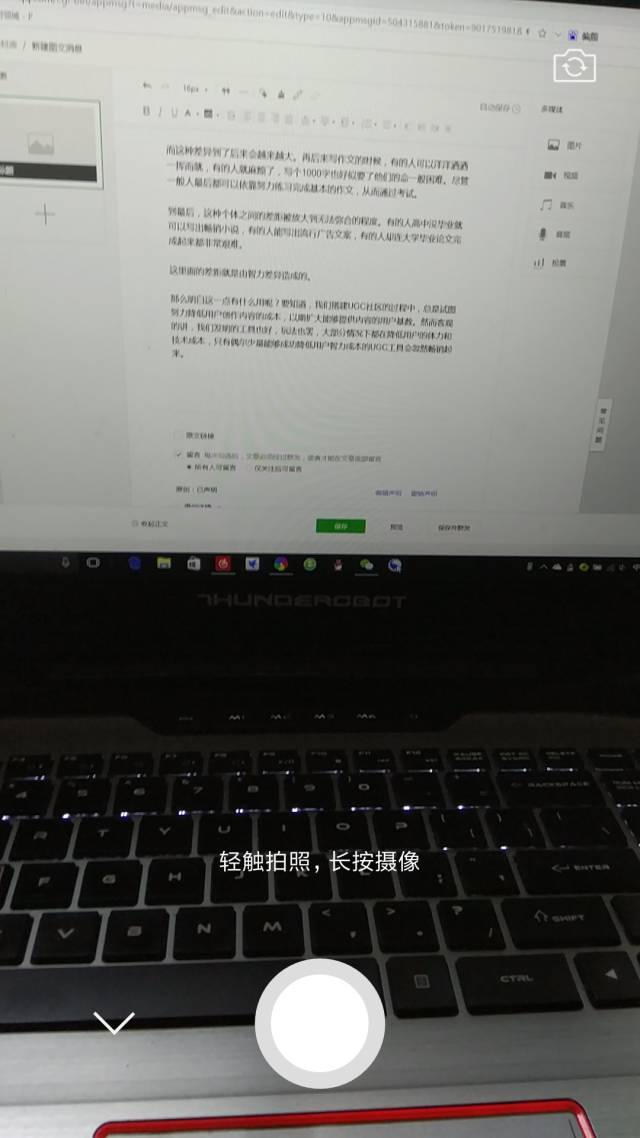
When we use WeChat to shoot video, we are shooting video. The WeChat video tool is very convenient. Almost anyone can easily shoot a video and publish it, but we do n’t know how to make the video look good, and we do n’t know what to shoot.
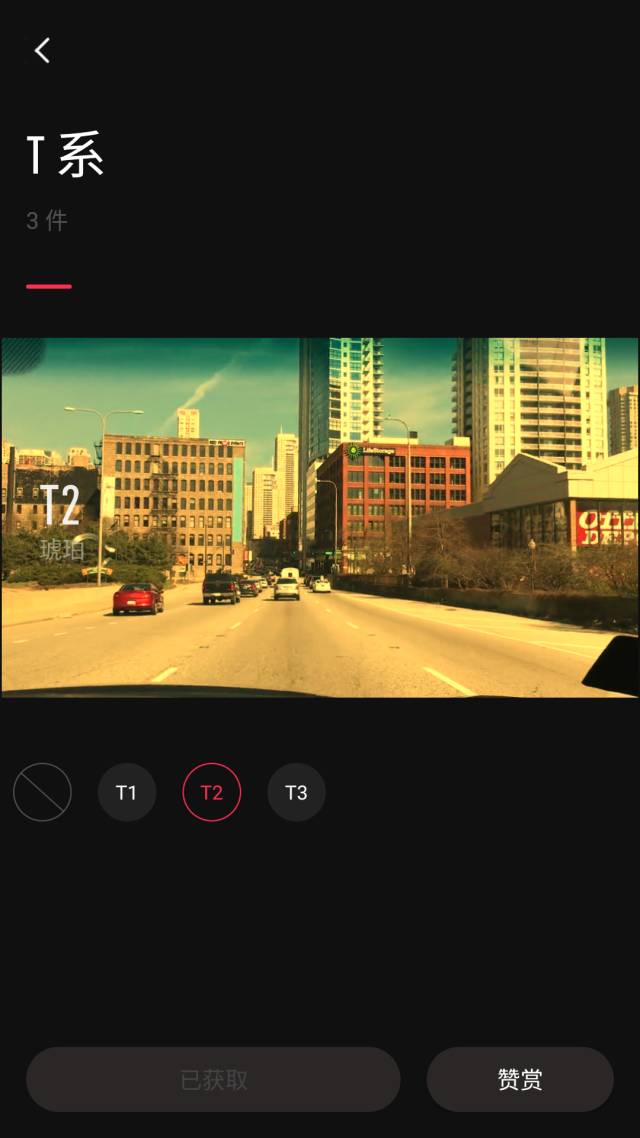
But if we switch to VUE shooting, it feels completely different, because tools like VUE emphasizes making videos into “big movies.” Shooting a video is the same as the cost of composition. To shoot a video with “style” and even a “big-picture sense” is a considerable technical cost. VUE uses a simple template to quickly help a “photographic new “Master these technologies.
A similar example is the picture filter Mix that I really like.
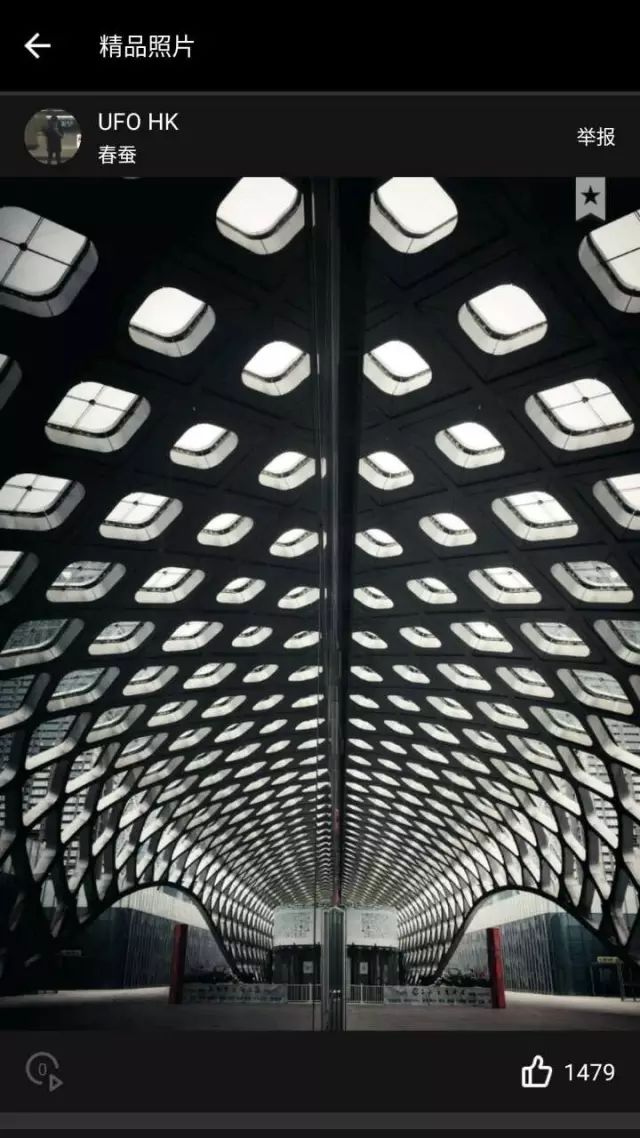
This step is already quite awesome, but a stride step is at the threshold of intellectual cost. With Mix, we have almost made it possible for anyone to easily make a very compelling picture, but it seems that there is still some distance to go before a photographer can take “connotative” and “interesting” pictures.
There was a product that did this with a very simple design.
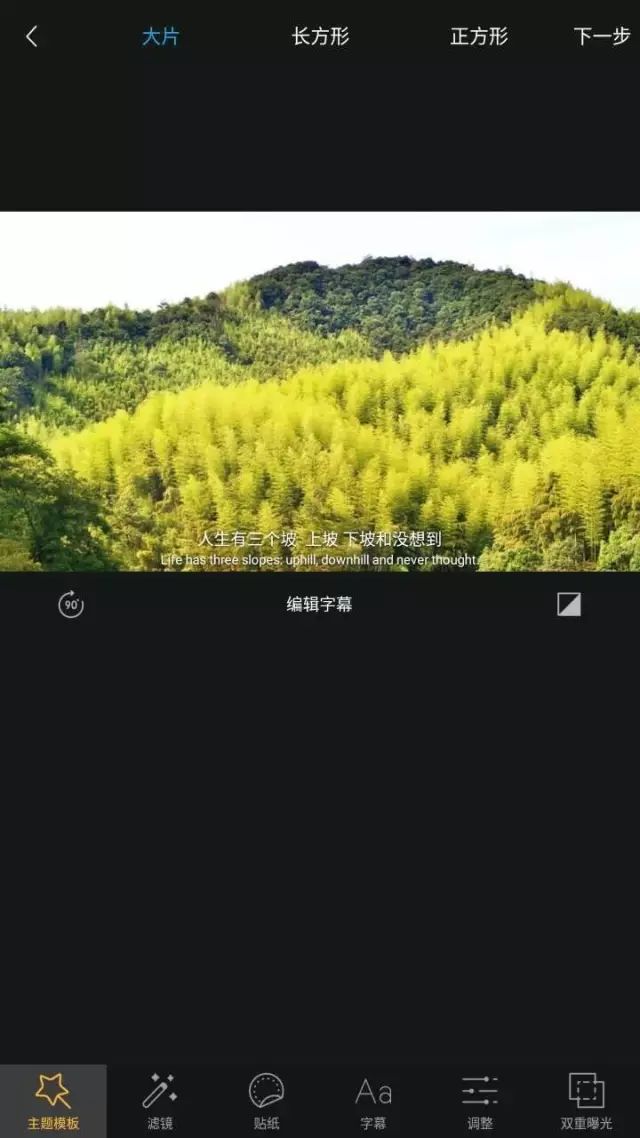
Yes, that’s the footnote. At the beginning of the birth of Footnote, this product has been very unknown, until one day they inadvertently designed a feature called “Big Movie”, and it suddenly became popular in China.
Footprint’s filters are not more diverse than Mix or newer than B612. Why was Footprint driving everyone crazy at the time?
Because they added two black bars to the top and bottom of the photo, and then added a line from the movie, plus the very good picture grading that any filter can do at the time, this allows anyone to shoot as if The general picture of the movie picture, this picture is also narrative, which can express more abstract emotions or more complex storylines.
In a split second, the simple act of “taking a photo” has been elevated to the level of “making a movie”. Although users are not really making movies, the finished product is extremely close to this creative experience and emotional feedback.
Footnotes combine movie lines, lines and pictures, and the narrative nature of movie pictures.Things that require very high intellectual costs are joined together in a “paradoxical” way through modularity and the extended imagination of a single picture. This is equivalent to grafting the intelligence of others on themselves, so everyone is very I like the filters of the footnote.
There are still many such cases. For example, VUE can shoot awesome short videos, but there is no way to solve the problem that the videos I shoot are not interesting enough and lack information content. But some people have successfully solved this problem.
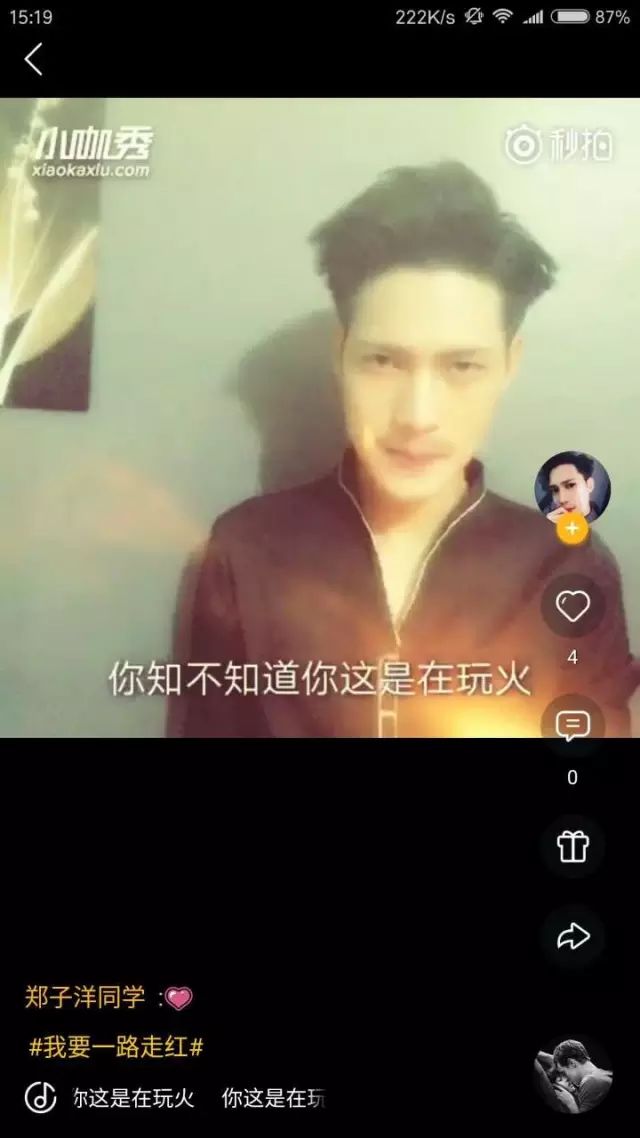
Xiaocaxiu allows users to assign a video to a sound, which is equivalent to assigning a picture to a standard “content copy template”. The “script”, “line”, and “copywriting” of creating a video content are the parts that contain the most intellectual cost. Most users ca n’t create interesting videos and die on this issue, so Xiao Ka Xiu took this Partially templated, anyone can easily create “funny” videos.
Similar logic is vibrato.
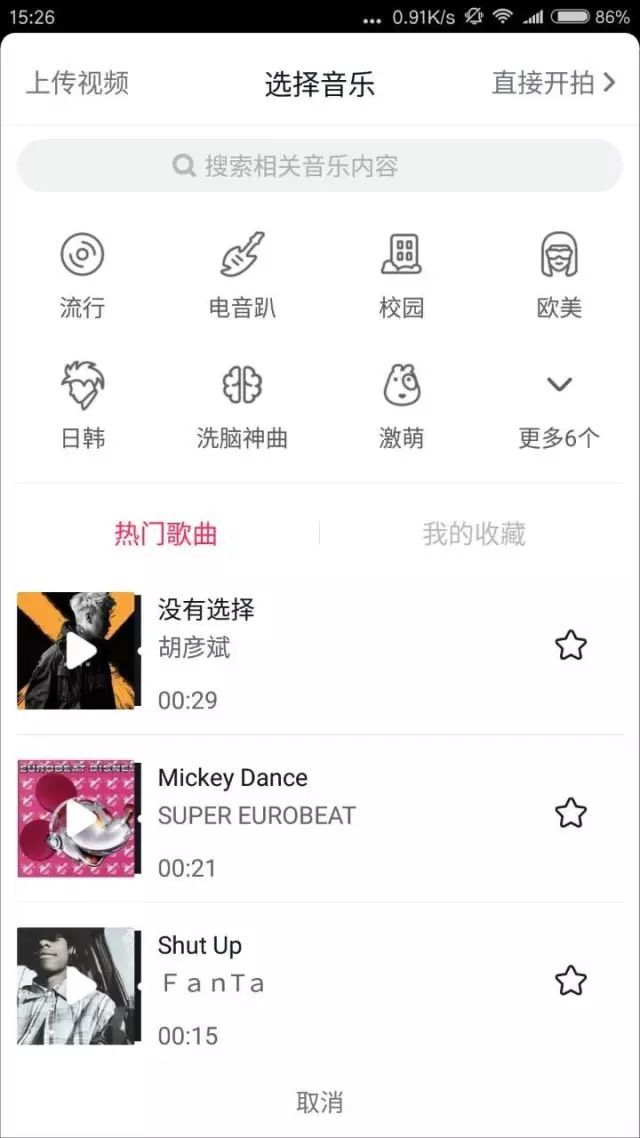
Xiao Kaxiu is based on film and television lines with video, and Douyin is based on music with MV.

Compared with the lines of the fragment, music can have more abstract expression space, more “plausible”, more “ambiguous”, it is easier for photographers who pay low intellectual cost Watchable short video content. (By the way, there is a problem of information density. If there is time in the future, I will devote a special topic on information density.)
These tools have successfully reduced the “intelligence cost” of users, thus opening the door for users to be able to mass UGC content.
Recommend here. A product that I was recommended by a friend yesterday is called Hooked, which is text.A case of reducing the “intelligence cost”, interested friends can go and see.

Okay, I guess that ’s what you think in your heart: what you said, I understand, you can fire UGC tools that reduce the intellectual cost of users. Yes, this is an idea based on the cost weight law, but there is another idea.
Sometimes, the reduction of users’ intellectual cost does not necessarily have to be achieved through platform tools. Another path is that it is also feasible for users to discover directly and directly copy the intellectual achievements of others through operations. This also greatly reduces the intellectual cost of users.
The same example, you search for bliss pure land on station B, you will find that many girls are dancing this dance, this dance is the creation of a Japanese music team GARNiDELiA, and then the domestic basically are flipping and adapting flipping version. There are more than 1,000 videos about Bliss Pure Land on Station B, and their choreographer Yuan Zhenfu is actually only one.
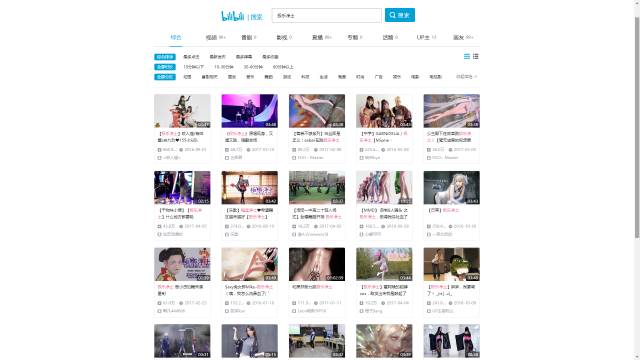
A Bliss Pure Land almost feeds a B Station Dance Zone.
In fact, if you search carefully, you will find that the dance of the group GARNiDELiA is not only a pure land of pure joy, but also Pink Cat, Lamb, and Girls are almost ruined by the dance of station B. You must find one on station B. It ’s an impossible task to skip the house dance dance of this dance. It may not be too much to say that the dance area of station B is GARNiDELiA, which is a large domestic jumping area. (Laughs) (It is also a flip of the combination of AOA, sisiter, etc.).
A similar situation is actually not only in the dance area of station B, but also in the music area of station B. And if you go to the music community such as Netease Cloud Music or 5ing to see it, the situation is basically similar.
The reason is simple, choreography is difficult, composing and lyricing is difficult, and the intellectual cost is high. Not everyone can make a successful work, let alone most ordinary users who have not been trained in science classes. Dance and music professionals trained for many years in class have found this difficult.
But if it is to “copy” the original choreography or music lyrics directly, then make a few adjustments or innovations.Then, this is almost a thing that anyone can do. From 0 to 1 is difficult, but from 1 to 100, it is much easier.
This kind of “re-creation” almost calls the user’s intellectual resources and more calls to the user’s technical and physical resources, which also greatly expands the base of people who can UGC content.
Of course, on this basis, there is a more extreme idea, which is to let users pay almost only physical costs. In many UGC communities, a group of “moving parties” exist.
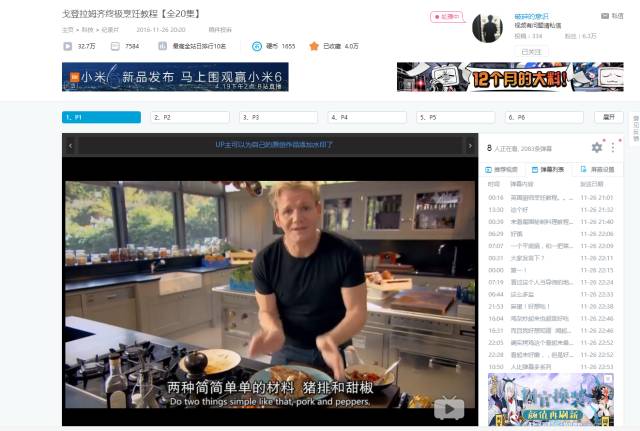
I just finished the first season of Gordon Ramsay’s Ultimate Cooking Tutorial on Station B by relying on the party.
This move is very common at station B. Some porters are not even involved in piracy (they will contact the original copyright party directly, if there is no liability or removal authorization, there will be no copyright risk). The subtitles group plays the role of a large number of porters. They not only move, but also do subtitling, and even make a profit. (Friends who have invested in subtitles ads, I believe you understand what I am talking about.)
Yes, if you build a UGC community, a community that provides content users who basically only need to pay physical costs, can also be very prosperous.
Intellectual cost > Technical cost > Physical cost
This formula tells us: Because in the crowd, there are far more people who can pay physical costs than people who can pay intellectual costs. Therefore, to build a UGC community, either reduce the proportion of intellectual cost or increase the proportion of physical cost. In short, if you do n’t let your users use their brains, they will be more likely to produce enough content for you.
So this law can also be understood as: carrying is easier than tumbling, tumbling is easier than original song and dance, writing 140-character comments is easier than knowing what a black hole is, knowing It is easier to answer what a black hole is than to write a movie script.
Other behaviors you can try to plug in, probably so.
3. Law of stock
It is easier to make a UGC community than a content type that has more stock.
After we understand the law of cost weights, it is not too difficult to understand the law of stocks.
First of all, the rich content types naturally allow users to move and imitate them, which is much easier than creating a content type from a zero basis. What’s more, simply grabbing the stock content can now be done by robots instead of humans.to make. Today’s headlines or far right shows this low-cost way to get content.
Secondly, if there is enough stock of a content type, then it is a disguised description of the potential of this content type’s audience market. Otherwise, if no one consumes this content, how can there be so much stock content.
But there is one thing that needs to be emphasized in this law, here we are discussing “easier” rather than “better” and “more successful”. In fact, if someone can open up a new type of content form and can also stimulate the user’s UGC desire, this may be a very powerful thing.
Here we give another example, an example of station B.
Yes, I just said that there is a lot of “low intelligence cost” UGC content on station B. Most of this content is based on a large amount of stock. Then, where is the “new content type” on station B? There is no stock in itself, but the desire of the user UGC is stimulated?
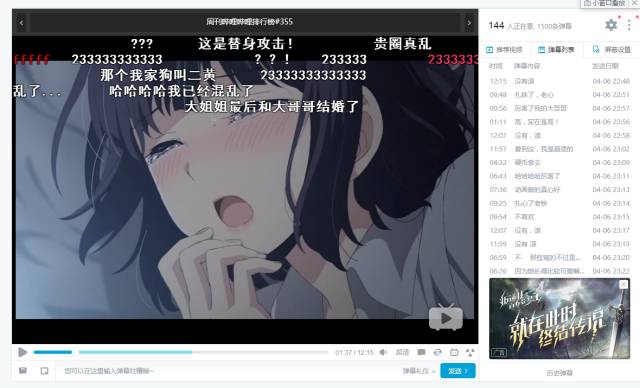
Yes, it’s a barrage at station B. In fact, the barrage at station B can be understood as a text UGC form of “anonymous discussion of a video screen as a topic”, which is then mixed in the video information stream and becomes a brand-new, called “with barrage Video “stream.
Yes, you remember how easy it is to write 140 words we discussed above than to write about knowing what a black hole is, that’s it. Although writing an interesting barrage is also a matter of invoking a large amount of intellectual cost, but everyone has a flash of intelligence. We may not be able to make a living as funny as Teacher Guo Degang in our lifetime, but occasionally show a sense of humor, for most It is not an unfinished task for humans. The high-quality UGC content that can only be produced with occasional high intellectual costs is aggregated into a new UGC content form. This is the charm of station B.
The same logic also has a comment area for NetEase Cloud Music. The same is listening to music, but the comment area of NetEase Cloud Music can be played as a UGC content community that combines music as a topic. And these comments do not come from the removal of stock content.
This may also be a “more difficult” premise to pay for a better return.
4. The law of poverty
Users who provide content on the UGC community cannot or are not expected to earn enough money by providing such content.
This law is very important. Because in the business world, I understand by default that anyone who knows